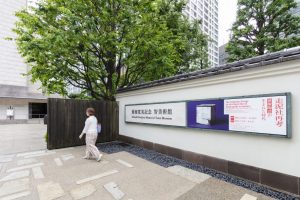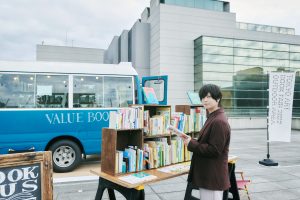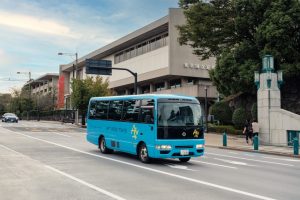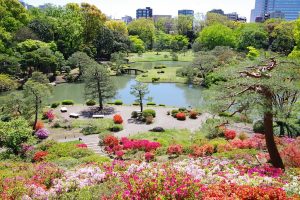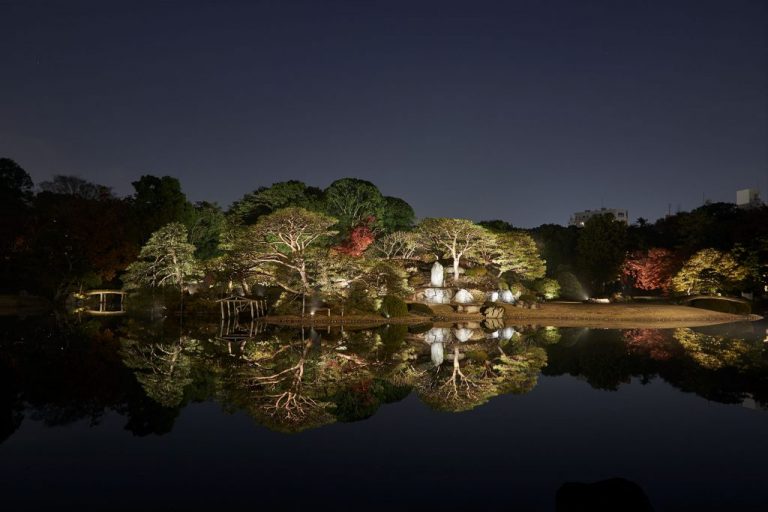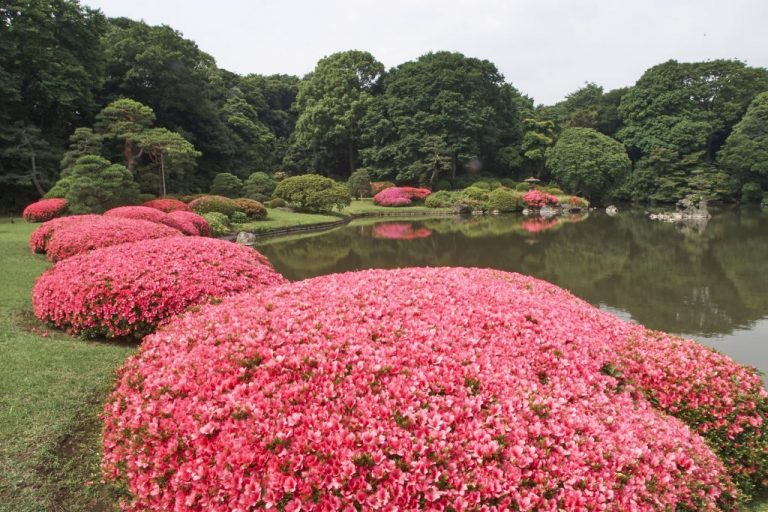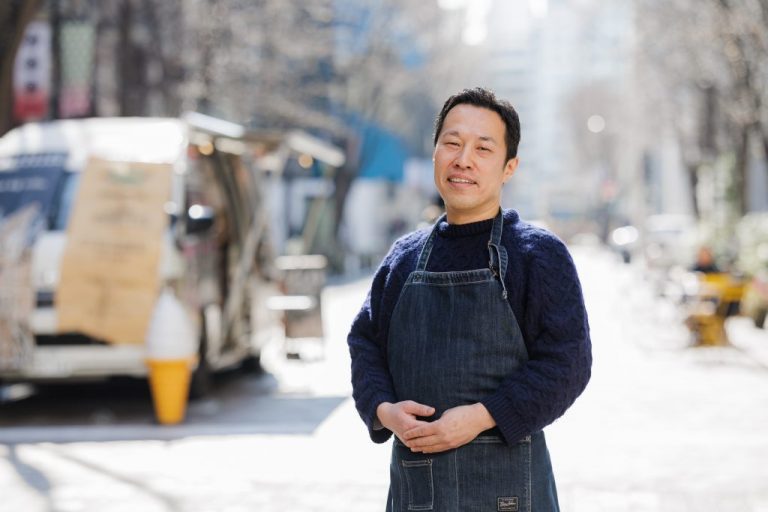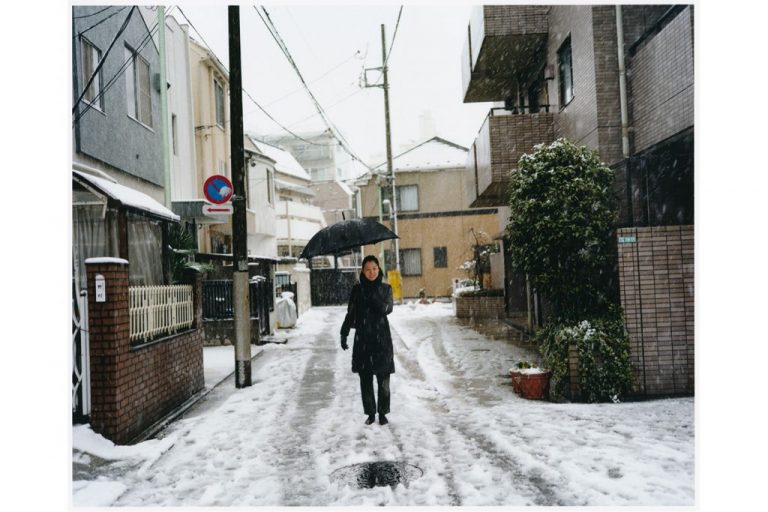Bunka Gakuen Costume Museum, located a 7-minute walk along Koshu Kaido Avenue from Shinjuku Station, is a specialized garment museum affiliated with the Bunka Gakuen Educational Foundation, known for producing leading figures in the Japanese fashion industry.
Take advantage of Tokyo Museum Grutto Pass! Enjoy early summer as you explore museums in the Roppongi and Shinjuku areas (Part 2)
Event Reports
No.045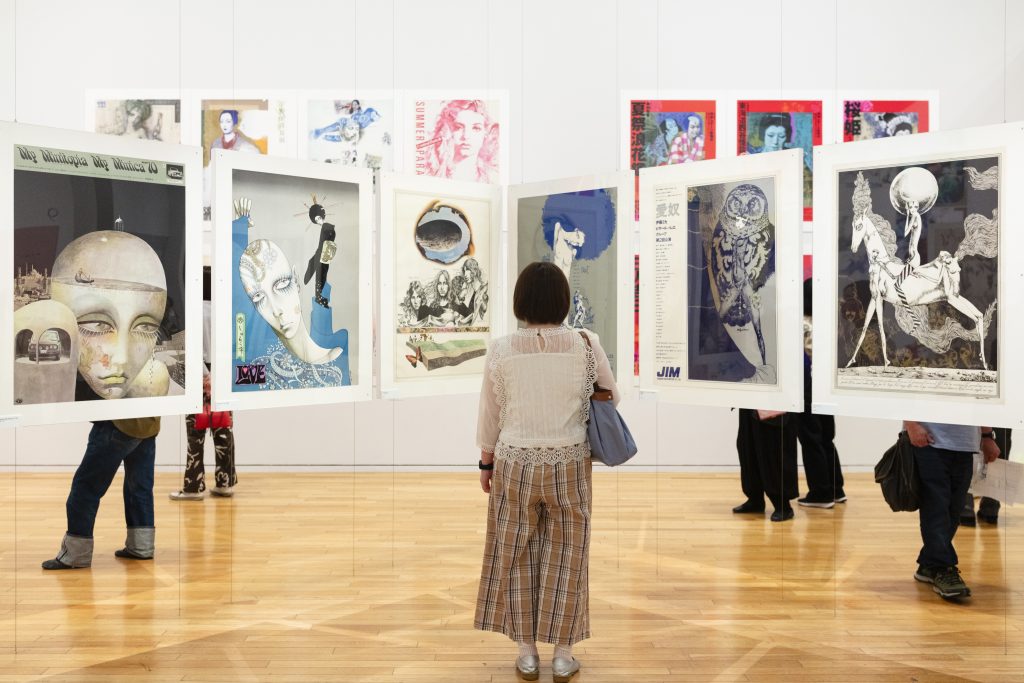
Tokyo Museum Grutto Pass 2024 is a valuable QR code ticket that includes admission tickets and discount coupons for 103 art and science museums and other facilities in the Tokyo area. It is priced at 2,500 yen and can be used once per facility for two months from the first day of use. In Part 2, let’s refine our taste at unique fashion and innovative illustration exhibitions!
(Back to Part 1)
Encounter “unique clothes” from around the world at Bunka Gakuen Costume Museum
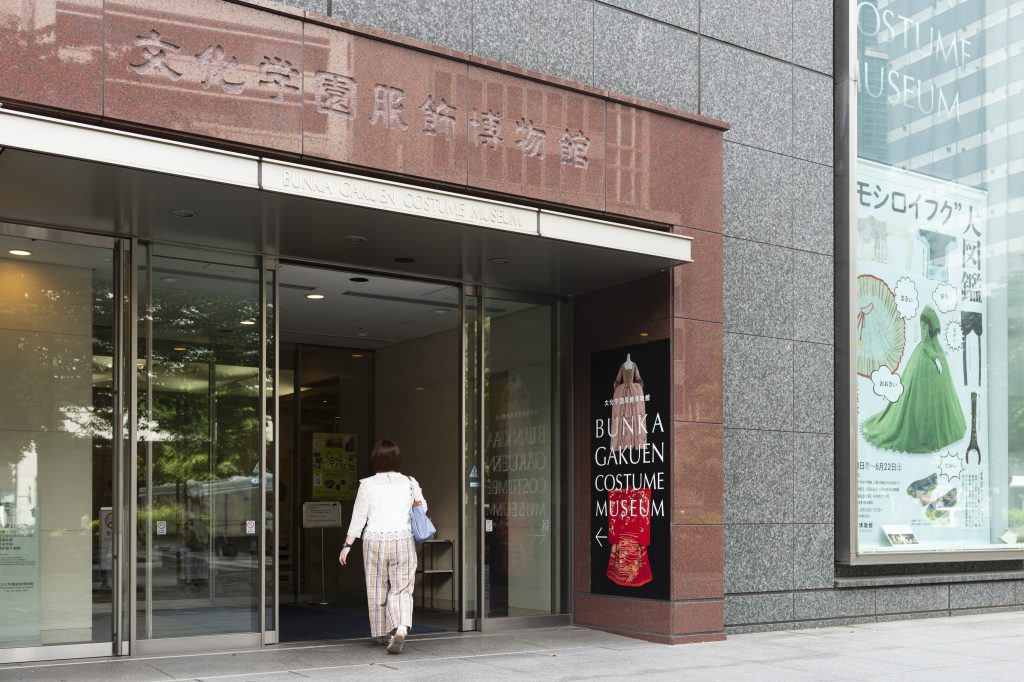
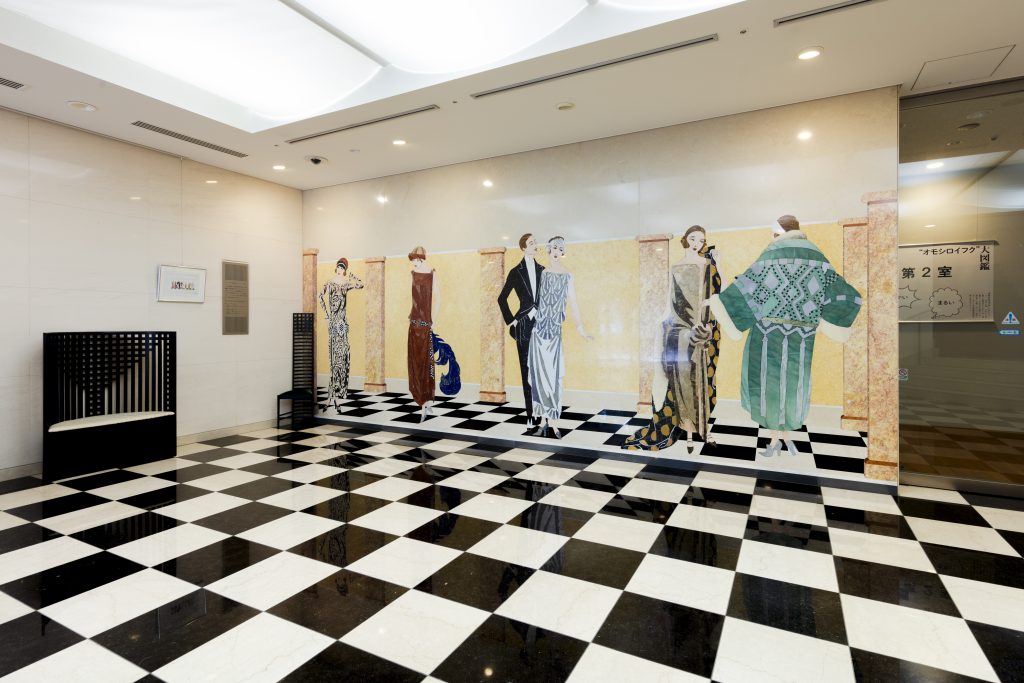
The museum’s collection, amassed for the purpose of education and research in fashion, consists of approximately 20,000 items. The collection is organized around three main pillars: Japanese clothing, European fashion from the 18th to 20th centuries, and traditional costumes from around the world. It also includes a systematic collection of shoes, accessories, bags, and more.
Admission is 500 yen for adults. With the Grutto Pass, I could enter at no extra cost.
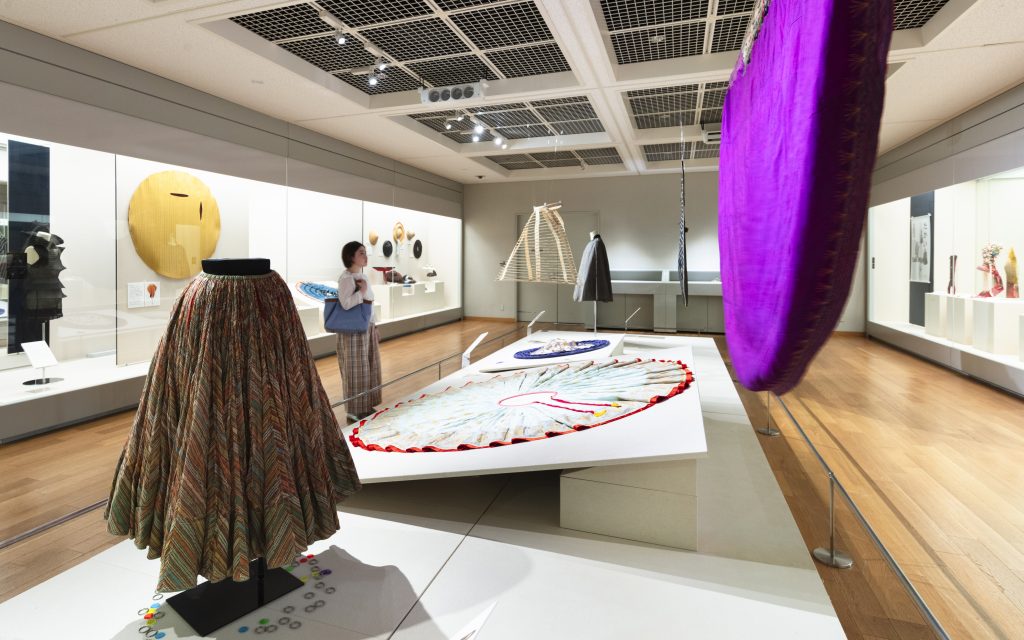
The special exhibition “‘Omoshiroi Fuku’ Daizukan”(The great collection of “unique clothes”) (March 11-June 22, 2024) introduces clothing from about 30 countries, divided into five themes: “long,” “large,” “round,” “tall,” and “heavy.”
The exhibition features clothing and accessories that spark the imagination, such as widely spread skirts, pants with long hems, and a brass belt ornament from the Philippines weighing about 3,000 grams. These outfits serve not only to enhance one’s silhouette but also for various reasons such as staying comfortable in hot, cold, or humid regions, and demonstrating wealth and power.
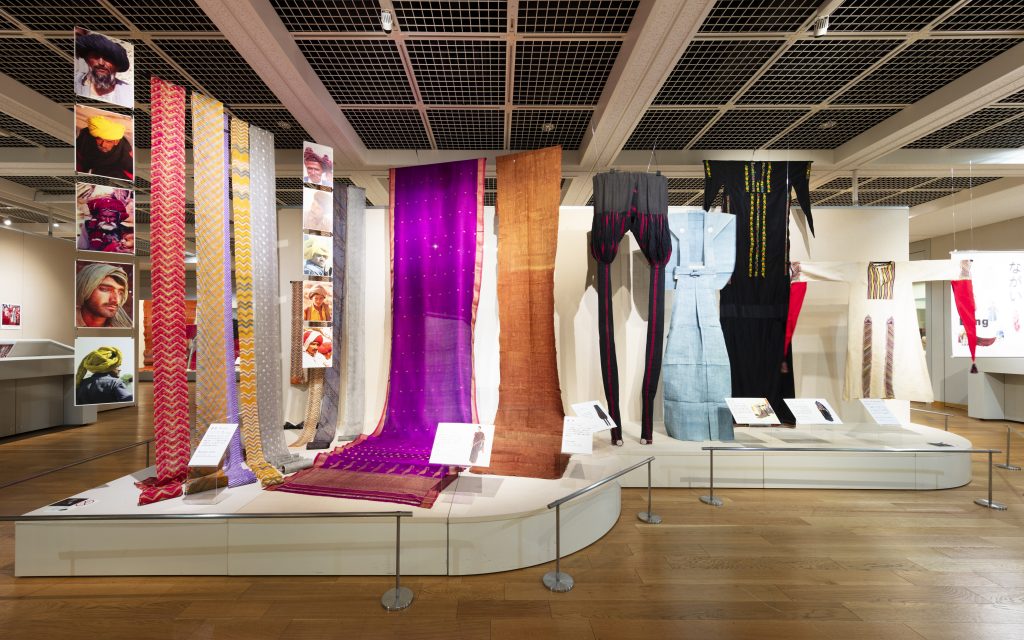
For example, Pakistani pants from the 1980s measure 2.27 meters in length, with the section below the knee being 1.5 meters. The narrower part is worn scrunched up below the knee. This design was intended to prevent sand and venomous snakes from getting inside the clothing.
While the unique appearance is intriguing on its own, learning the reasons behind it adds an element of surprise and discovery.
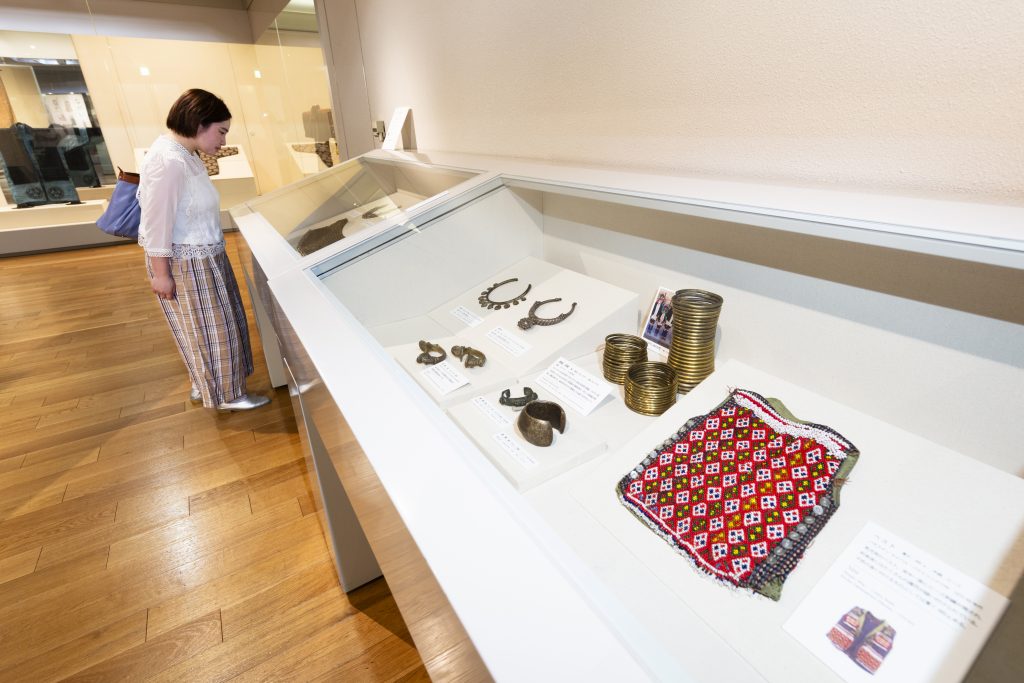
Although it is a university-affiliated museum, it attracts many general visitors, including international visitors and students from other universities studying clothing. Some even visit to sketch illustrations of old dresses and military uniforms. The museum hosts exhibitions that cater to visitors’ interests, ranging from accessible themes like the current exhibition to material and technique-focused ones such as the upcoming “Sekai no Beads” (Beads of the World) exhibition.
It was a valuable experience to see actual fashion items from different eras and regions up close.
Enter the dazzling world of illustrations at Tokyo Opera City Art Gallery
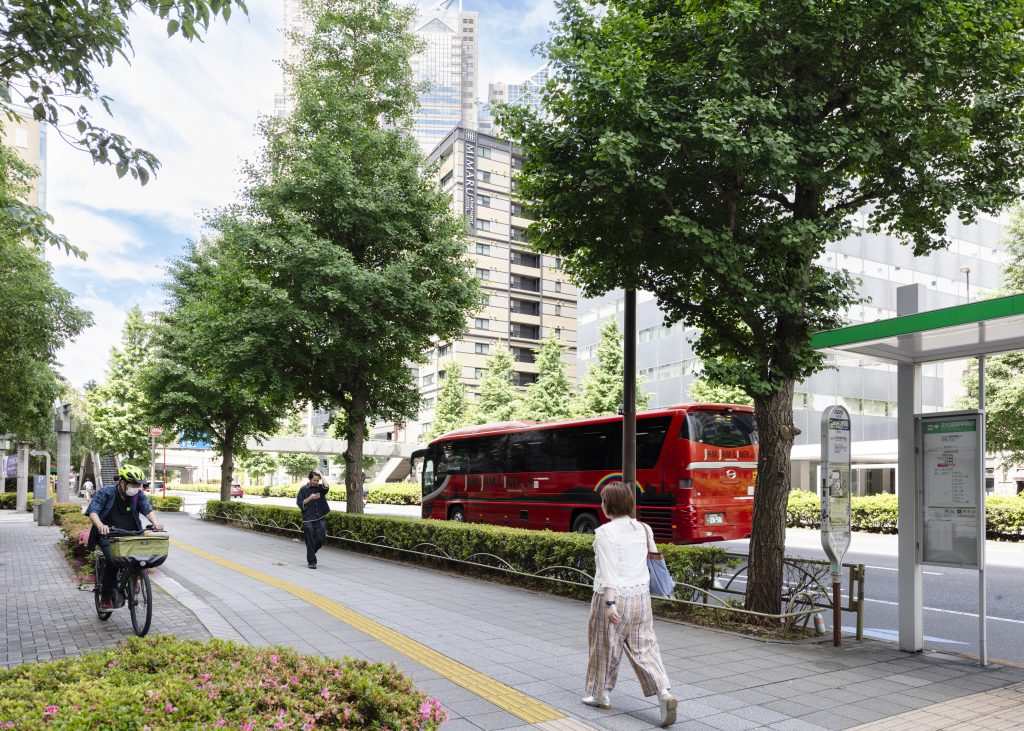
If you walk about 15 minutes more along Koshu Kaido Avenue from the Bunka Gakuen Costume Museum, you will see the complex facility, Tokyo Opera City. On the third floor is the Tokyo Opera City Art Gallery. The gallery hosts special exhibitions four times a year. Also it holds a solo exhibition series called “project N,” which aims at focusing on Japan-based emerging artists. The gallery houses its collection which was mainly put together by Kotaro Terada (1927-2018), one of the operators of Tokyo Opera City. So, collection exhibition is also featured along with the special exhibition. It’s the place where you can encounter a wide variety of artistic expressions.
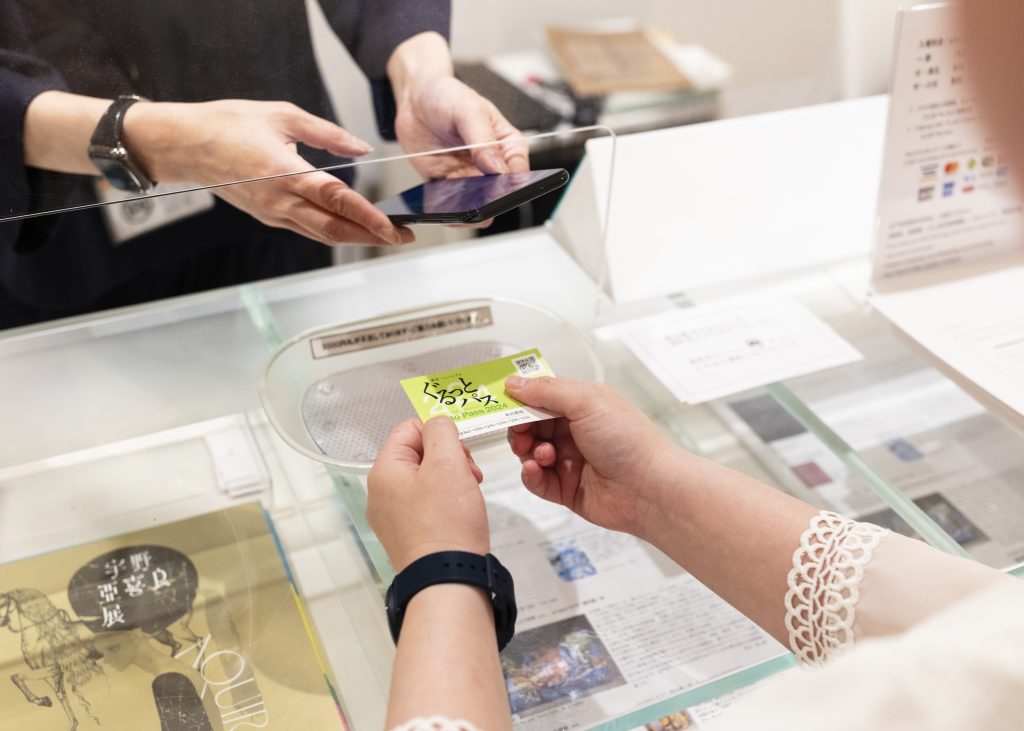
Here, you can enter the special exhibition, collection exhibition, and project N with the Grutto Pass without extra cost, which costs 1,400 yen if you don’t have the pass. (Admission fees may vary depending on an exhibition.)
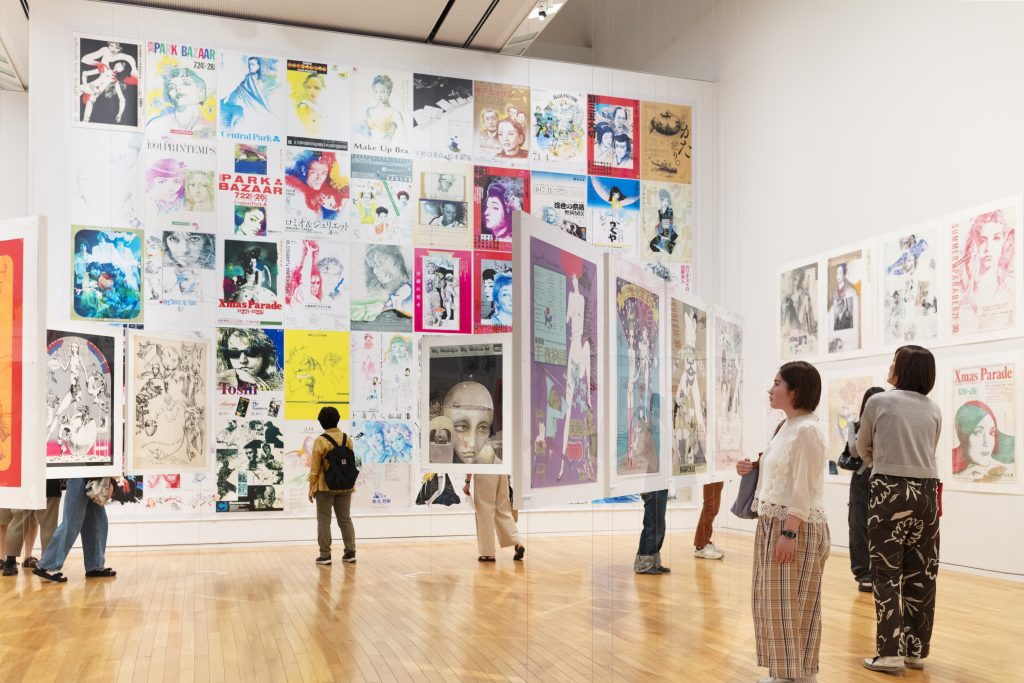
The “Aquirax Uno Exhibition” (April 11-June 16, 2024) offered an overview of the entire body of work by the legendary Aquirax Uno, who has led the Japanese illustration scene since the 1960s, from his early works to his latest creations.
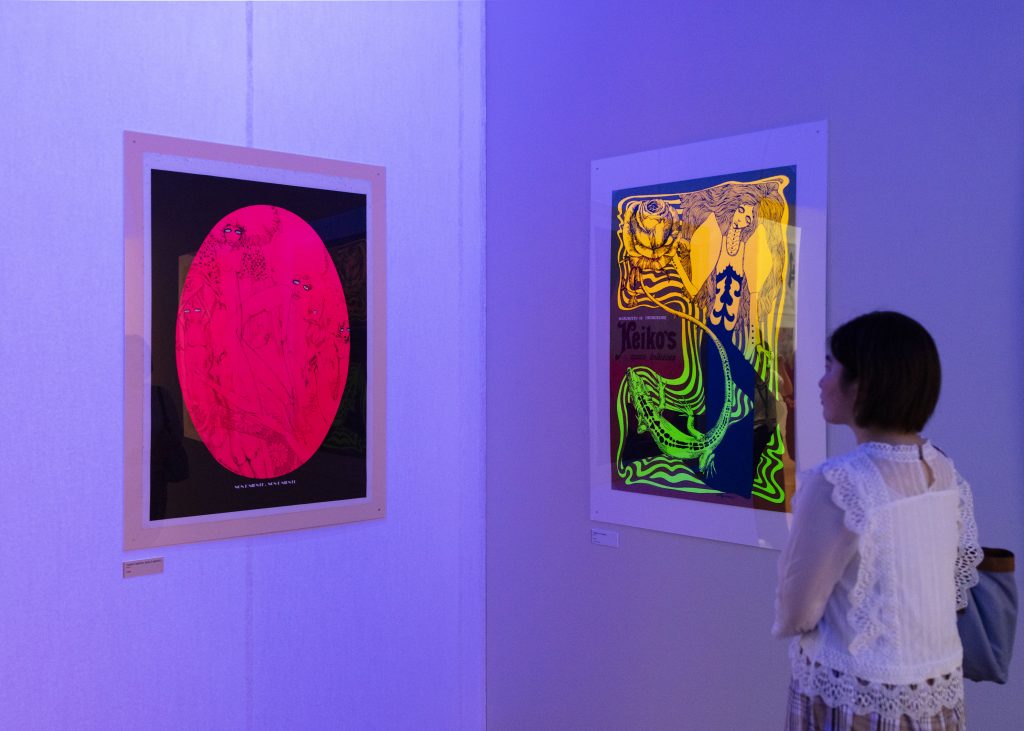
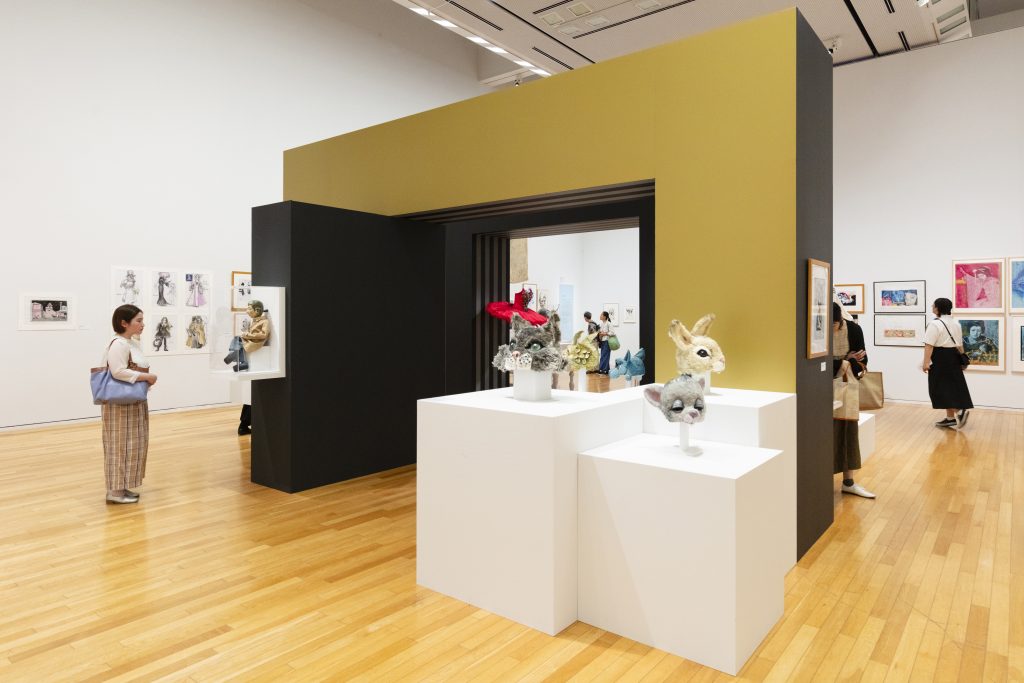
The exhibition features over 900 works, filling the gallery with his masterful drawings and captivating underground theater posters. The diverse array of his work is presented across 12 topics, including illustrations for picture books and books, animation films, rarely exhibited stage design projects, and three-dimensional works. Visitors were drawn into Mr. Uno’s mysterious and decadent world.
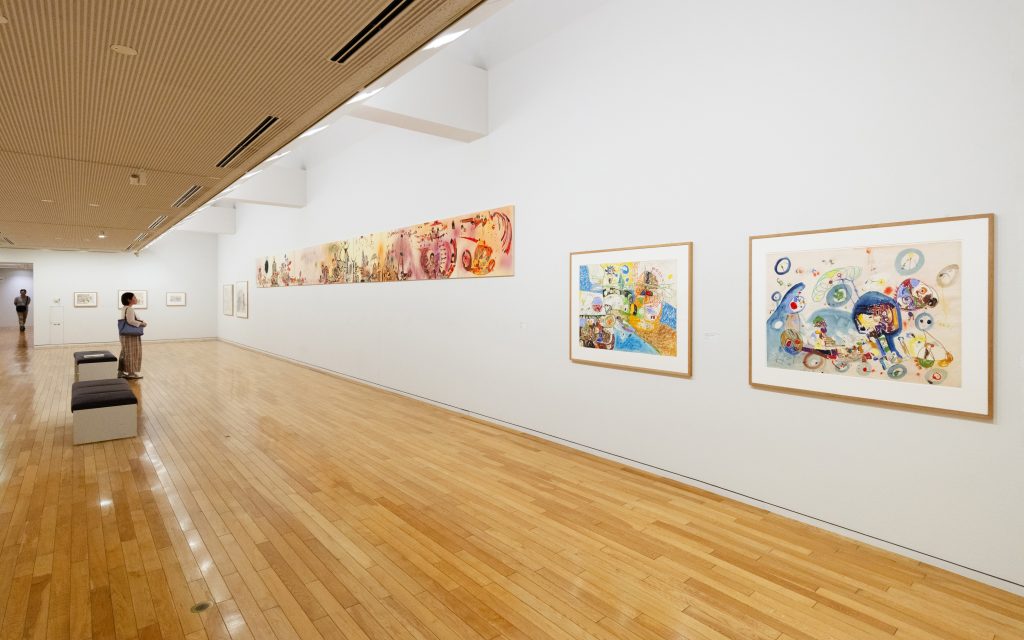
I ascended the stairs and reached the collection exhibition. The Terada Collection primarily focuses on the works of abstract painters Tatsuoki Nambata and his son Fumio Nambata, featuring approximately 4,000 pieces of paintings, sketches, and sculptures by postwar Japanese artists.
The special exhibition “From the Terada Collection 079: Nambata Fumio Fifty Years On” (April 11-June 16, 2024) showcases selected works from the Terada Collection and external collections that trace the artistic career of Fumio Nambata, who tragically passed away at the age of 32. His trembling lines and vivid colors, which seem to reflect the artist’s inner world, captivate and engage the hearts of viewers.
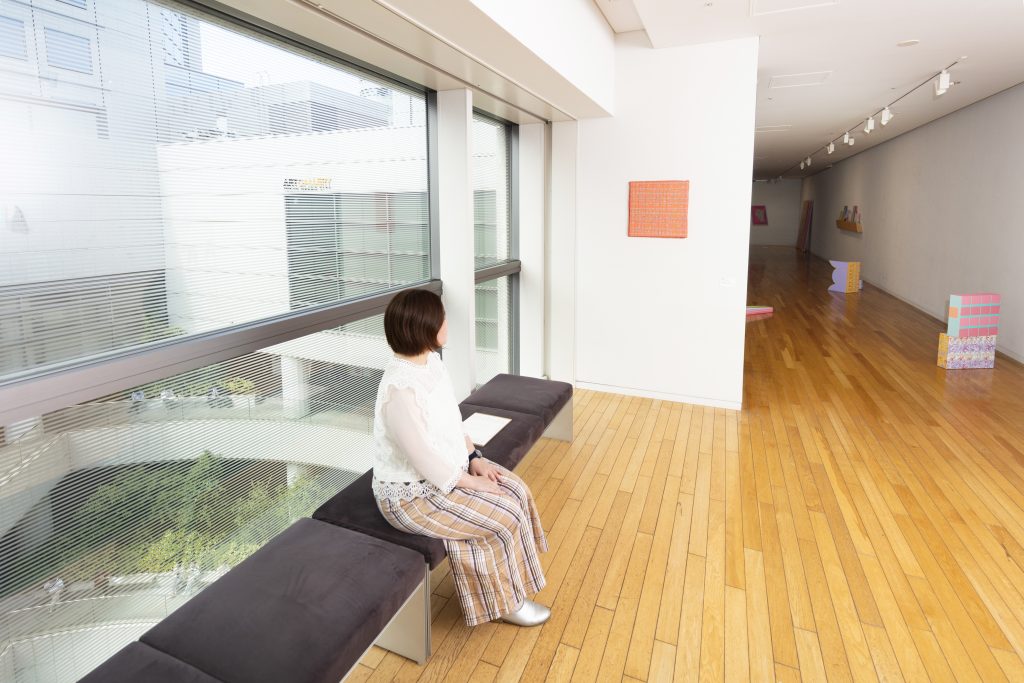
In “project N 94 Oshiro Natsuki” (April 11-June 16, 2024), soft-colored paintings and three-dimensional artworks are scattered throughout, with even the walls adorned in pastel hues. Ms. Oshiro abstracts scenes and rhythms from waka traditional Japanese poetry and songs, along with their contexts and the backgrounds of the poets, transforming them into patterned motifs in her works.
Considering the ancient scenes and landscapes depicted in these works, the exhibition space begins to resemble a journey into the world of poetry.
Also located within Tokyo Opera City is the NTT InterCommunication Center [ICC], a museum specializing in media art. Permanent exhibitions here are free, and with the Grutto Pass, you can also enter paid special exhibitions at no extra cost.
For the return journey, I used Hatsudai Station on the Keio New Line, directly connected to Tokyo Opera City.
Awakening a new aspect of the familiar city
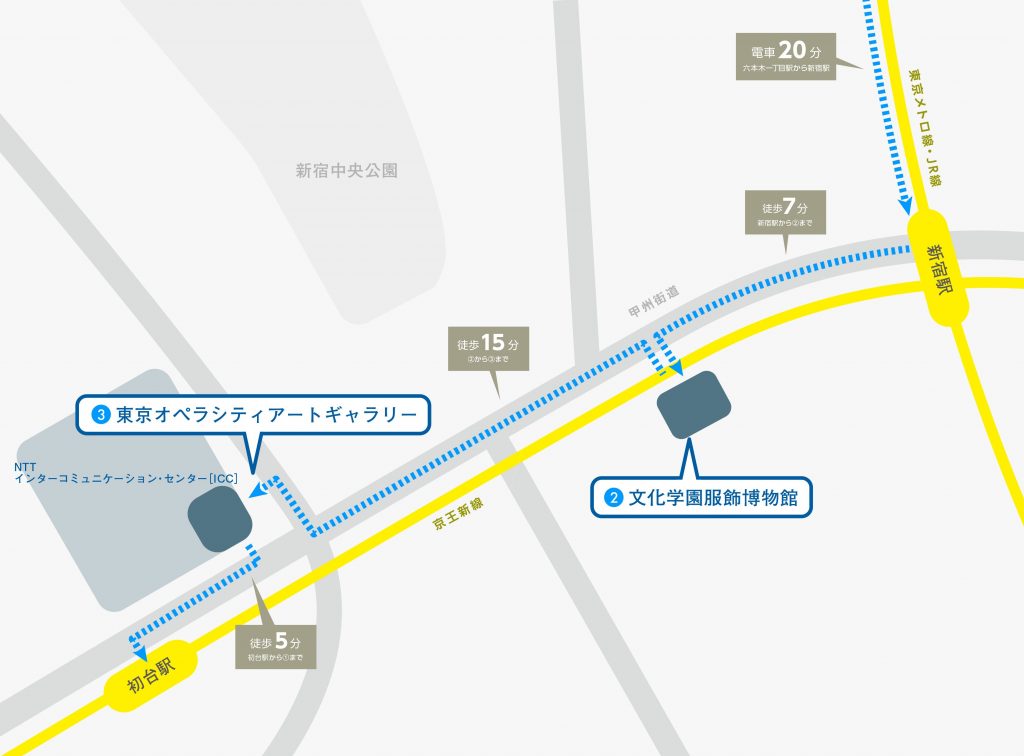
This time, I explored three different genre museums around Roppongi and Shinjuku using only the Gurotto Pass. The total admission fees for the three museums—Kikuchi Kanjitu Memorial Tomo Museum, Bunka Gakuen Costume Museum, and Tokyo Opera City Art Gallery—amounted to 3,000 yen. This means I recouped my costs in a single day and managed to visit them at the best value compared to the past two installments.
When checking the Grutto Pass brochure and website, I discovered that the area surrounding the art museums and galleries I visited this time also includes other Gurotto Pass participating facilities. While many people visit Shinjuku for work or shopping, it is also a cultural hub with a diverse array of museums gathered here.
As we are now in rainy season, planning outings requires some consideration. Visiting museums where you can enjoy indoor exhibitions and convenient transportation is perfect for this time of year. Why not spend a day refining your senses with the great value Gurotto Pass?
Japanese original text: Yasuna Asano
Photo: Shu Nakagawa
Translation: Kae Shigeno
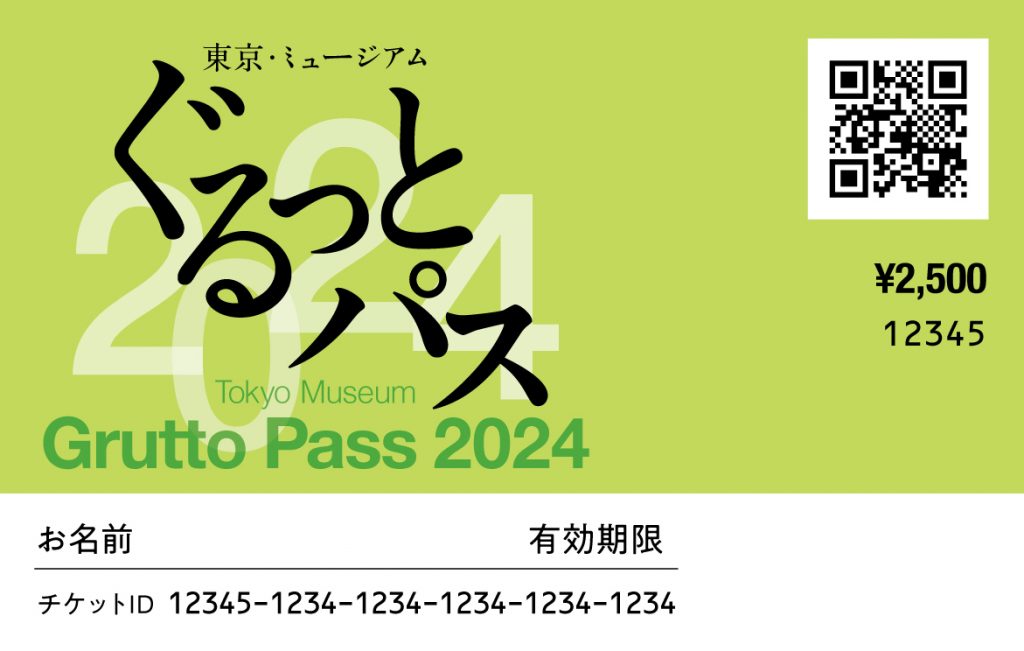
Grutto Pass 2024
The electronic ticket can be purchased with a personal computer or smartphone, while the physical Grutto Pass Card can be purchased at the sales counters of participating facilities. Combination tickets with various transportation tickets are also available.
For more details, please check the official website of Grutto Pass 2024.
Price: 2,500 yen (Adult rate only)
Availability: April 1 (Mon.), 2024 to January 31 (Fri.), 2025
Validity period: 2 months from the day on which you first use it. *It expires, however, final on March 31 (Mon.), 2025.
https://www.rekibun.or.jp/en/grutto/
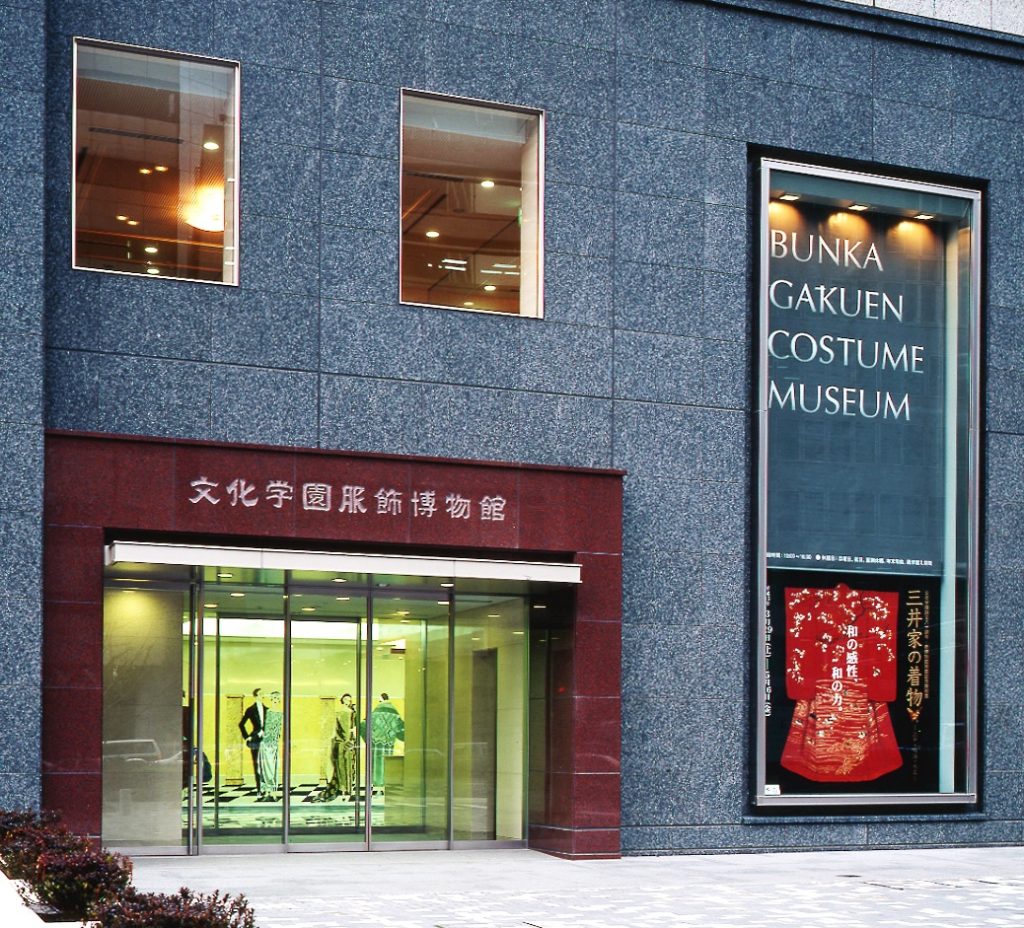
Bunka Gakuen Costume Museum
Shinjuku Bunka Quint Bldg., 3-22-7 Yoyogi, Shibuya-ku, Tokyo
Open Hours: 10:00 a.m.-4:30 p.m. (Last admission 4:00 p.m.)
Closed: Sundays, National holidays, year-end and New Year holidays, Summer holidays, June 23 (Foundation Day), preparation period for exhibit changeover
https://museum.bunka.ac.jp/english/
Current exhibition:
Beads from around the world
July 19 (Fri.) to December 4 (Mon.), 2024
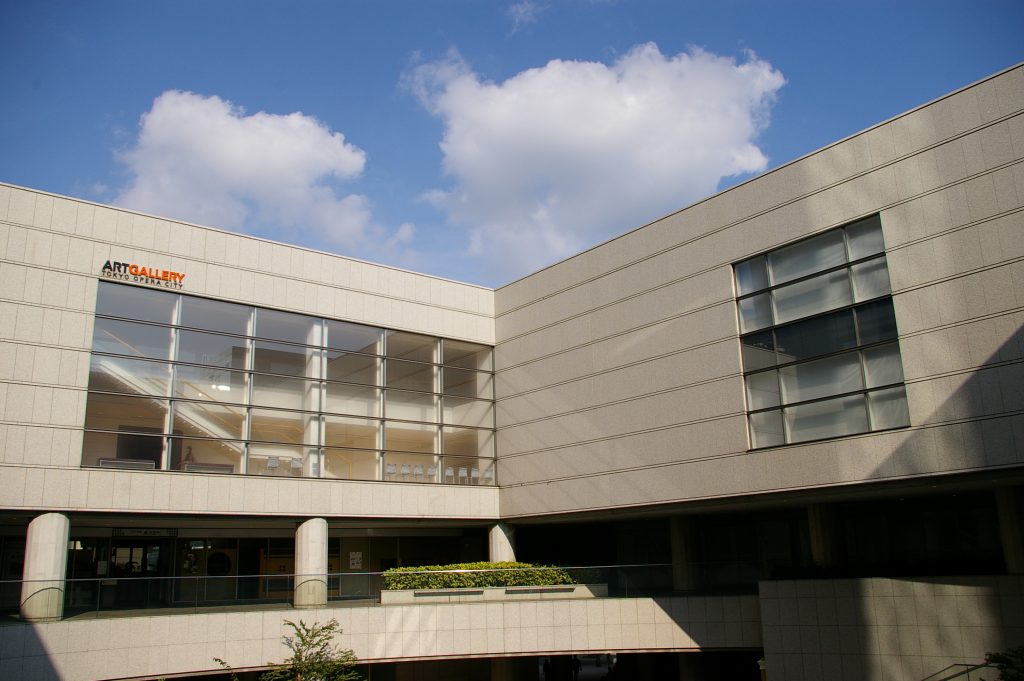
Tokyo Opera City Art Gallery
3F, 3-20-2 Nishi-shinjuku, Shinjuku-ku, Tokyo
Open Hours: 11:00 a.m.-7:00 p.m. (Last admission: 6:30 p.m.)
Closed: Mondays (Open on public holidays, closed on the following weekday)
Exhibition changeover periods, year-end New Year holidays, Maintenance days (the second Sunday in February, the first Sunday in August)
https://www.operacity.jp/en/ag/
Current exhibition:
TAKADA KENZO Chasing Dreams
July 6 (Sat.)-September 16 (Mon./Holiday.), 2024
From the Terada Collection 080: Neighboring Mystery
project N 95 Taguchi Kaoru


